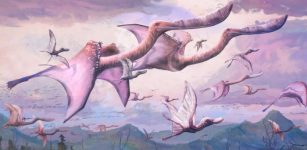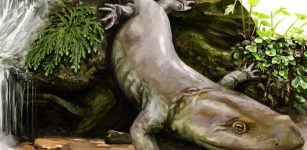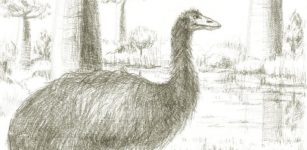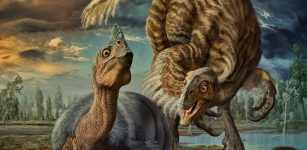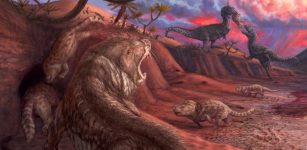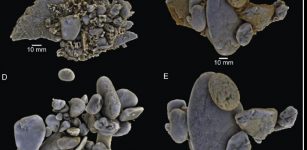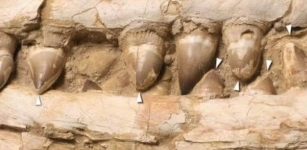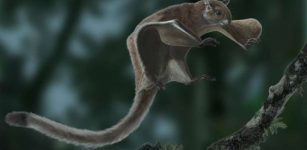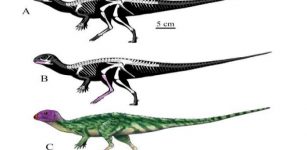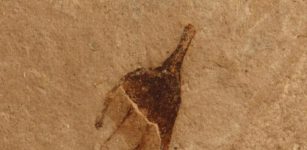New Zealand’s Flightless Kiwi Bird Probably Related To Emu – New Study Says
MessageToEagle.com – Apparently, the iconic New Zealand flightless nocturnal bird – kiwi – might have an Australian ancestor, according to Australian and New Zealand palaeontologists.
Their findings reveal the evolutionary pathway of the kiwi, overturning a commonly held theory championed by the great evolutionary biologist, Stephen Jay Gould who died in 2002.
The kiwi is not a dwarf version of a distant ancestor but more likely evolved from a tiny bird that could have flown from Australia across the Tasman Sea to New Zealand.
Researchers discovered the fossil three years ago at St. Bathans in New Zealand’s Central Otago.
The study results are supported by the genetic evidence that the kiwi is related to the Australian emu and not the New Zealand moa, an enormous emu-like bird that became extinct some 700 years ago, according to Dr Trevor Worthy, an internationally-recognised expert on the moa from Flinders University in Adelaide.
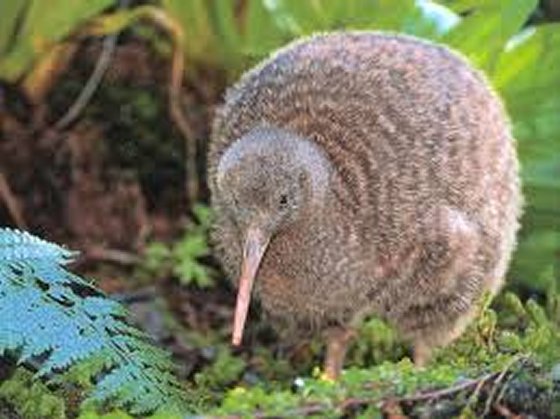
“One of the distinguishing attributes of the kiwi is that it lays an enormous egg, which is about a quarter of the bird’s body weight and occupies most of the bird,” said Dr Worthy.
“Gould’s 1986 essay, which sought to explain the origins of the kiwi egg’s size, promoted the idea that the kiwi was highly derived from a large moa-like ancestor, and had shrunk in size while retaining the egg size of this ancestor,” he said.
“This fossil from the early Miocene, about 20 million years ago, shows us that it’s a tiny bird about one third of the size of a small kiwi today. It suggests the opposite is, in fact, the case – that the kiwi has developed towards a larger size, a trend that is seen in many birds from the early Miocene,” Dr Paul Scofield of Canterbury Museum said.
“And if, as the DNA suggests, the kiwi is related to the emu, then both shared a common ancestor that could fly. It means they were little and had wings, and that they flew to New Zealand.”
See also:
The Truth About Dodo – An Extinct Flightless Brainy Bird
Fossils Of Giant 50-Million-Year-Old Pelagornithid Bird Discovered In Antarctica
A New Species Of Bird With Beautiful Whistling Song Discovered In Northern India And China
Pelagornis Sandersi: World’s Largest Bird Had A Wingspan Of 24 Feet!
Dr Worthy said it was not uncommon for birds to “jump” from Australia to New Zealand, citing the Mallard duck, the little banded dotterel and the cattle egret as three species which regularly fly back and forth.
“We need to find wing bones to put the theory beyond all doubt,” Dr Scofield said.
The researchers plan to continue excavations at St Bathans this summer. This research was funded by The Australian Research Council, The Mason Foundation and the R.S. Allan Fund.
At the same time….
“Eight endangered kiwi birds have died from respiratory infections while being treated at New Zealand’s Wellington Zoo, in what authorities said on Tuesday was a “tragedy” for conservation efforts.
The eight birds were all juvenile rowi kiwi, the rarest sub-species of New Zealand’s emblematic flightless birds, the Department of Conservation (DOC) said.
“Obviously zoo and DOC staff are devastated by the loss of the birds,” DOC biodiversity manager Jo Macpherson said.
Kiwi numbers have been slashed by introduced predators such as stoats, rats and ferrets since European colonisation, with experts estimating only 70,000 remain.
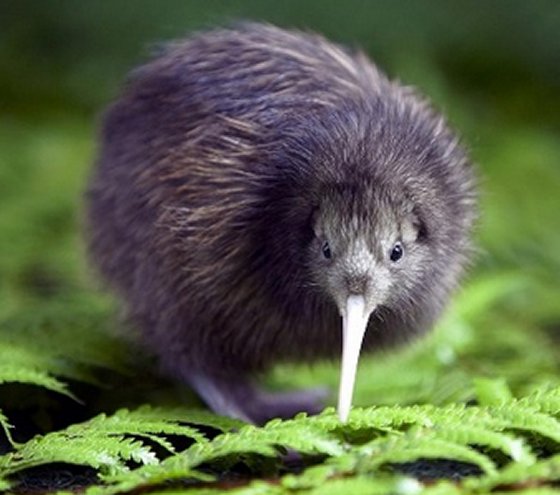
The rowi sub-species is regarded as critically endangered, with only 400 left, although the population has increased from a low of 150 in the mid-1990s thanks to an intensive conservation programme.
The scheme involves volunteers scouring the South Island wilderness for rowi eggs, then taking them to hatch on a predator-free island, where the chicks stay until they are large enough to defend themselves and are placed back in their natural habitat.
Macpherson said the eight kiwis had been transferred from the island to Wellington Zoo so they could receive treatment for a gut parasite.
However, she said it appeared the parasite had weakened their immune system, making them vulnerable to a fungus found in bark that was used in the area where they were being housed.
“The bark has been regularly used at the zoo to simulate a natural environment with no adverse effects,” she said. “This is an extremely rare and unfortunate occurrence and has come as a great blow.”
MessageToEagle.com

